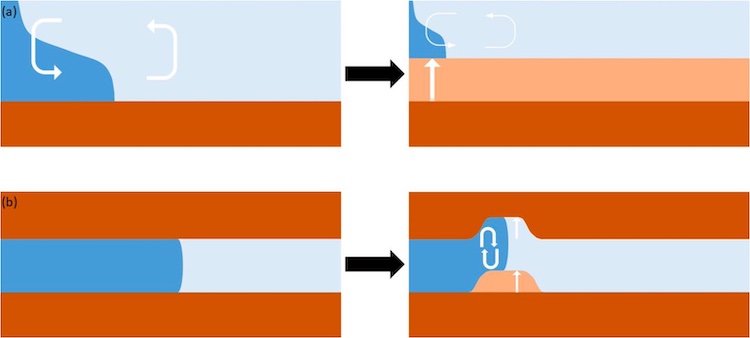G.G. Hendrickx1*, S.G.J Aarninkhof1, P.M.J. Herman1,2
1 TU Delft,
2 Deltares,
Introduction
Salt water intrusion is putting a substantial pressure on fresh water intakes and availability in estuaries around the world. Salt intrusion impacts are expected to increase due to climate change, because sea level is rising and droughts are expected to increase in frequency. Estuaries are densely populated areas with a high demand of fresh water, but are the first areas affected by salt intrusion. Closing off the estuary is the status quo solution to this issue. However, such hard measures have large negative side-effects for ecology and socio-economy. In this work, we explore the potential of nature-based solutions for the mitigation of salt intrusion-induced impacts in estuaries.
Approach
This PhD research starts off with a systematic analysis of the sensitivity of salt intrusion to variations in estuarine key parameters. These parameters are either forcing terms, e.g. tides and discharge, geometric terms, e.g. depth and width, or management terms, e.g. discharge distribution over tributaries. Based on a series of numerical model calculations, a set of potential nature-based solutions are identified. In this presentation, a number of options will be presented to the public, who are then invited to score the different types of solutions, assess their potential and propose alternative solutions themselves. All participants to the vote will receive the results of the analyses once these are ready.
The exercise will confront the public with the uncertainties associated with of this design choice, as well as provide a post-hoc evaluation of the quality of expert judgement. In the figure below, a sneak preview of two potential nature-based solutions to mitigate salt intrusion is presented.

Figure: Two examples of nature-based solutions to mitigate salt intrusion. Dark blue colour indicates salt(er) water, light blue indicates fresh(er) water, and white arrows indicate estuarine modifications and circulations. (a) Reduce the water depth to limit the gravitional circulation, and thereby reduce the salt intrusion. (b) Insert meanders in the estuary to enhance lateral circulation, and thereby reduce the salt intrusion.
I. Surname1*, F.N. Another-Surname2 , Y. Next-Surname2
1 University Name, Country; 2 Organization Name, Country
* Corresponding author: mail.name@organization.org


